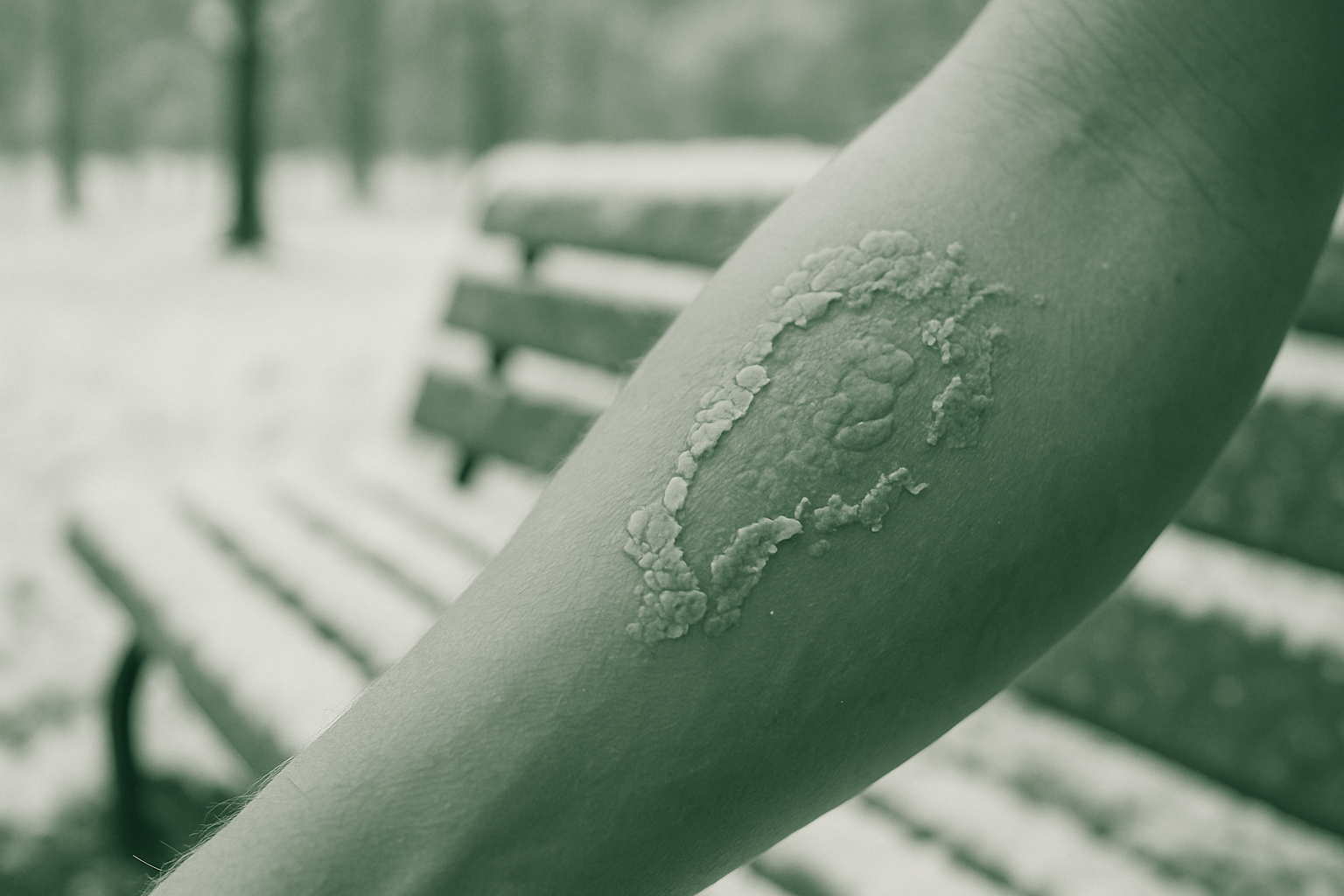What Skin Cycling Actually Means
A Smarter Skincare Strategy
Skin cycling is more than just a buzzword it’s a dermatologist developed approach that brings structure and intention to nighttime skincare routines. Instead of applying active ingredients every night, skin cycling introduces a schedule that alternates treatment and recovery days to maximize results while minimizing irritation.
The Basic Cycle Breakdown
A typical skin cycling routine follows a simple four night rhythm:
Night 1: Exfoliation
Use alpha or beta hydroxy acids (AHAs or BHAs) to remove dead skin cells, unclog pores, and prepare the skin for active treatments.
Night 2: Retinoid Application
Apply a retinoid or retinol to stimulate cell turnover and collagen production. This is your night for deep rejuvenation.
Nights 3 & 4: Recovery
Skip potent actives and instead focus on nourishing and repairing the skin barrier. Think hyaluronic acid, ceramides, and soothing moisturizers.
After four nights, the cycle starts again consistently balancing targeted treatments with essential recovery.
Why It Works
The key advantage of skin cycling lies in its strategic pacing:
Prevents overuse of powerful ingredients like acids and retinoids
Helps preserve the skin’s natural moisture barrier
Supports gradual, lasting improvements in skin texture and resilience
In short, skin cycling encourages consistency without compromise. Skincare becomes sustainable, thoughtful, and tailored rather than aggressive or random.
Why It’s Gaining Momentum in 2026
Skincare isn’t guesswork anymore. Consumers are done being sold fluff they want formulas that deliver, and they want to know why. The uptick in skin literacy is pushing demand toward regimens rooted in science, not trends. That’s where skin cycling comes in: a rotation based approach that’s simple, logical, and backed by dermatologists.
You’re seeing it everywhere because it works. Influencers aren’t just demoing products anymore they’re dropping full cycle breakdowns, tracking progress over weeks, and citing experts. Dermatologists are getting behind it too, praising its ability to reduce irritation while improving skin health over time.
It also checks the minimalism box. Skin cycling cuts through the noise and the cluttered shelves. Instead of twelve serums and a face full of actives every night, it’s about timing and restraint. Less, but smarter. That’s hitting home with people who want clearer skin without the overload.
How to Build a Basic Skin Cycling Routine

Skin cycling is all about structure without overload. Instead of applying actives every night, the routine alternates between targeted treatments and recovery days, helping the skin stay balanced, healthy, and results driven.
The Classic 4 Night Cycle
This is the foundation used by many dermatologists and enthusiasts. It’s easy to follow and adaptable.
Night 1: Exfoliation Night
Use gentle exfoliants containing AHAs (like glycolic or lactic acid) or BHAs (like salicylic acid).
Purpose: Unclogs pores, removes dead skin, and sets the stage for better ingredient absorption.
Tip: Avoid combining with other strong actives; keep it focused.
Night 2: Retinoid Night
Apply a retinoid or retinol based treatment to stimulate skin cell turnover.
Benefits: Supports collagen production, smooths texture, and helps with hyperpigmentation.
Tip: Sandwich your retinoid (moisturizer before and after) if you’re new to it or have sensitive skin.
Nights 3 & 4: Recovery Nights
Focus exclusively on hydration and skin barrier support.
Look for ingredients like:
Ceramides
Hyaluronic acid
Peptides
Niacinamide (in low concentrations)
Purpose: Allow the skin to heal, rebuild, and maintain balance.
Adapting for Skin Type and Tolerance
No two faces are the same so cycles may need tweaking:
Sensitive Skin: Extend recovery nights or alternate exfoliation and retinoid every other week.
Oily/Acne Prone Skin: You may benefit from a three night active cycle (exfoliation, retinoid, repeat, with one day of recovery).
Dry/Reactive Skin: Stick to milder actives, reduce frequency, and ensure ample hydration.
Make It Yours
Begin with the classic schedule, observe how your skin responds, and adjust accordingly. Consistency matters more than perfection.
Always patch test when adding a new product.
Don’t forget SPF daily especially when using exfoliants and retinoids.
Listen to your skin: tightness, dryness, or redness are signs to adapt.
Real Benefits Backed by Experts
Skin cycling is delivering real, visible results and it’s not just fanfare from influencers. One of the biggest benefits? Fewer flare ups. By rotating actives like exfoliants and retinoids with recovery nights, users avoid overloading their skin barrier. That means less redness, flaking, and irritation especially for sensitive types or those new to actives.
Consistency starts to pay off. Over time, people report smoother texture, brighter tone, and reduced breakouts. Instead of hitting skin hard with daily treatments, cycling gives it space to renew and respond. It’s a pace your skin can actually keep up with.
Another subtle bonus: it curbs impulse buying. When you follow a structured routine with planned active nights, you’re less likely to chase trendy serums you don’t need. The result? A leaner skincare shelf and smarter spending win win.
Alignment with Broader Beauty Shifts
Skin cycling isn’t just a standalone trend it’s syncing with a bigger movement. People are paring down their routines, cutting through the clutter, and choosing function over flash. The goal: healthier skin with fewer products, less waste, and more intention.
This minimalism first approach puts multi functional products in the spotlight think exfoliants that hydrate or serums that double as moisturizers. Instead of a ten step ritual, more consumers are opting for stripped down regimens that actually work. Skin cycling fits right in, offering results without overload.
It also taps into sustainability. Fewer products mean less packaging and less environmental strain. Paired with slower, more mindful consumption, it’s an approach that feels more future proof. The beauty industry is still catching up, but the momentum is there.
(Explore related trends in Sustainable Beauty: The Eco Friendly Trends Consumers Are Embracing)
Final Thoughts
More Than Just a Trend
Skin cycling has moved beyond the buzzy headlines and influencer tutorials. Backed by dermatologists and supported by real results, this routine stands on solid ground. It’s not about chasing the next quick fix it’s about working smarter with your skin.
Scientifically grounded in skin biology
Designed to reduce irritation and strengthen the skin barrier
A strategic alternative to layering too many actives all at once
Accessible for All Levels
Whether you’re new to skincare or years into your routine, skin cycling meets you where you are. Its structure offers guidance for beginners without overwhelming them, while giving seasoned users room to highly customize their programs.
Clear, simple rhythm simplifies product decisions
Adaptable based on tolerance, skin goals, and product preferences
Encourages a more intuitive relationship with your skin
From Fad to Framework
As skincare education becomes more widespread, consumers are asking better questions, choosing products more carefully, and respecting the long term process. Skin cycling fits this mindset perfectly it’s more of a philosophy than a fixed routine.
Grows with your skin: evolves as needs change
Emphasizes consistency over complexity
A reflection of today’s smarter, more mindful beauty culture
